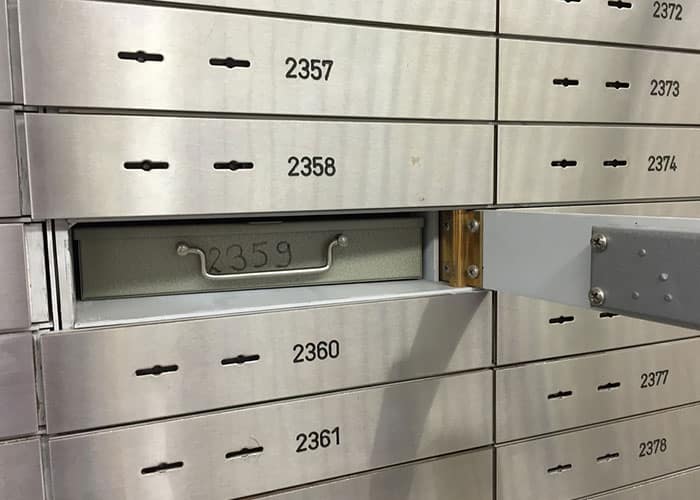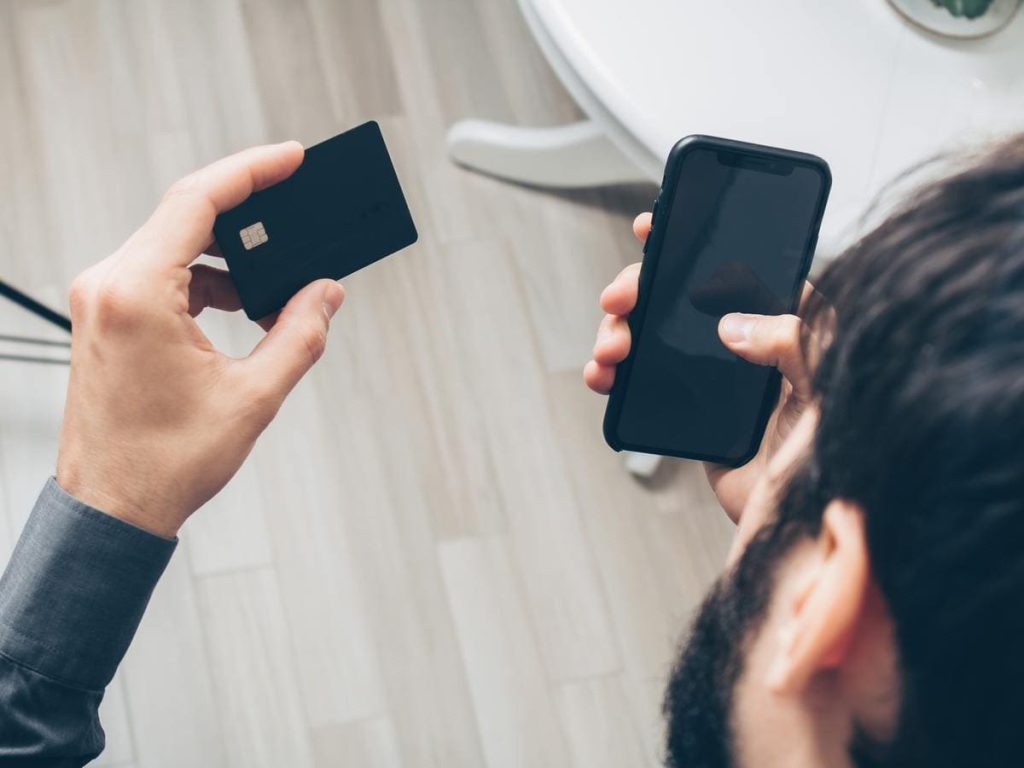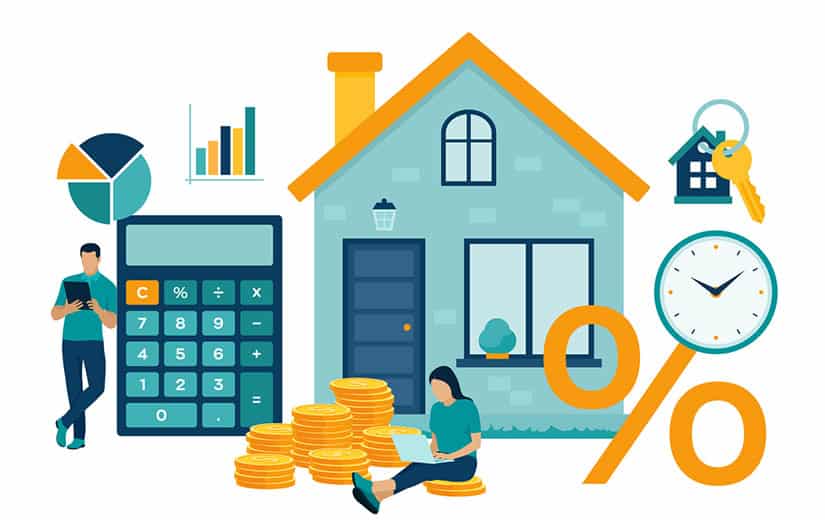Are you hesitating between buying or renting a bank safe? Discover the advantages of renting a safe in a banking establishment. We also tell you the steps to take to secure valuables or important papers. And also follow the guide to the prices applied by the banks in terms of safe deposit boxes. Everything you need to know about how much a safe in a bank costs!
Summary
What is the point of renting a safe in a bank?
Renting a bank safe makes it possible to secure valuables or important administrative documents. Thus, you protect them from burglars, but also from disasters (fire, flood, etc.).
Depending on the volume of the safe, you can store many objects such as jewelry, works of art, important letters, wills, gold bars…
Where to rent a safe?
You can rent a safe in your bank or another establishment for more discretion. You should also know that not all banks have a safe room, which is especially true in small branches.
Note that if you choose to rent a safe in a bank other than your own, you will have to open a current account there. Indeed, the Monetary and Financial Code requires that the rental costs be deducted from an associated current account.
The advantages of renting a safe in a bank
You should know that the bank is not required to inform the taxes of the opening of a safe in their establishment. And the organization also has an obligation of discretion. Therefore, she will not divulge the existence of the vault to anyone.
Owning a safe for rent at the bank remains more advantageous than having one at home. In the event of destruction of the bank or burglary, the insurance of the establishment reimburses you for the goods.
Procedures for renting a safe in a bank
There are specific opening conditions:
- you must first open a current account in the bank where you will rent the safe. For this, you will need to present an identity document;
- then you will have to sign a rental contract with the bank whose rules are free. Check all the clauses of the contract carefully before signing it;
- then, some establishments require the payment of a security deposit when signing the rental contract. This sum will then be returned to you at the end of the rental. This is a sum that may be used to cover the costs in the event of loss of the key to the safe;
- finally, you can put whatever you want in your safe, provided that the objects respect the dimensions of the safe. The operation must be carried out safely and confidentially.
To note : one of the good reflexes to have is to take photos and invoices of the contents of the safe. These photos will serve as proof in the event of a claim or burglary and will give you rights to compensation.
Who can access a bank safe?
The holder
The holder of the safe (you!) has the keys to open it. Be aware that the bank does not have a duplicate. Moreover, no other set of keys should be carried out. In the event of loss or theft of the key, the bank will request the intervention of the manufacturer of the safes who will proceed with its break-in. The costs related to the operation will then be charged to you.
However, to access the vault, you will be accompanied by a bank employee. Thus, it is necessary to respect the opening hours of the establishment. And the bank employee has a control key to make access to your safe possible.
Please note that the bank will verify your identity before each visit. And she will also have you sign a visit card indicating the date and time. This allows him to release all responsibility in the event of a problem.
A third person
Then, in order for another person to access your safe, you must have a power of attorney established. This document is different from the classic bank power of attorney.
In the event of a visit, you must lend the key to this third party. Her identity will be verified and she will also have to fill out a visit form.
Note: exceptionally, it is possible to rent a safe to several people. In this case, everyone will have the right to own their own key.
What happens in the event of death or abandonment?
In the event of the death of the holder of the safe, the bank blocks the safe. It is the notary in charge of the succession who must give the instructions to the bank. It will then indicate the destination of the content.
Finally, a safe is considered inactive under several conditions:
- if no one has come forward after 10 years;
- if no transaction has taken place on the associated bank account;
- and if the rental charges have been unpaid at least once.
In this case, the bank must contact its client or his heirs. And after 20 years from the first non-payment, the establishment can open the safe to draw up the inventory. The operation must be carried out in the presence of a bailiff.
How much does a bank safe cost?
Generally, a 30 dm3 safe can be rented for around 100 euros per year with a guarantee of around 30,000 euros. But be aware that the prices vary from one establishment to another and according to the contract. This relates to a tacitly renewable year or to an indefinite term rental.
The rental price varies according to the size of the safe (in dm3), the duration of the rental and the guarantee ceilings. Note that large bank branches have large capacity safes (several dm3).
Here are some examples of prices charged by the following banks:
- LCL: 135 euros per year;
- HSBC: 240 euros per year (from 21 dm3 to 100 dm3);
- Societe Generale: 115 euros per year for 35 dm3 (maximum insured value: 30,500 euros);
- BNP Paribas: 111 euros per year for 35 dm3 (maximum insured value: 30,500 euros);
- Crédit Agricole: 107 euros per year.
Namely: there are short-term rental contracts in case of specific need, the time of a trip or hospitalization, for example.




